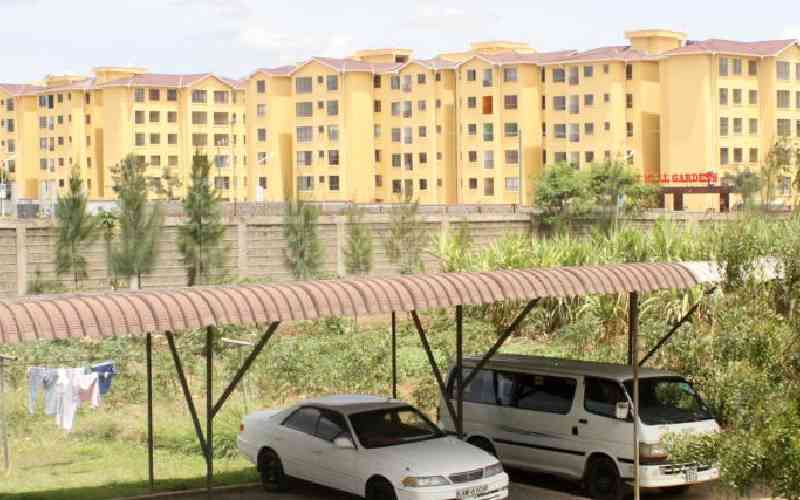Even the most beautiful home can be undermined by unsightly but necessary utility elements. Septic tanks, man holes, telephone and electricity lines, solar panels, television aerials, satellite dishes and a myriad of cables have all become important parts of our lives and landscapes.
The ideal approach would have been to plan in all these elements. But there will always be that utility box, extra cable or machine that had not been factored in at design and has to be fixed after the finishes.
And so, naturally, the landscape becomes your last line of defence. You turn to shrubs and climbers to cover up the ugly afterthought. Well, the good news is; it is possible. The bad news; it is not that straight forward. Here is why.
Screening and buffering
Vegetation and other artificial screens can be used to create a buffer between utility elements and the rest of the garden. These elements must, however, be located appropriately to be effective and subtle.
Obviously, the screen needs to cut off the element it’s supposed to hide from sight. But it also needs to be subtle and blend in with the rest of the garden. There is a very thin line between hiding something behind a bush and drawing more attention to it. A uniform solid hedge around an unsightly element, for instance, tends to accentuate it rather than soften its presence.
It is much better o plant different kinds of plants such as small leaved shrub combined with ornamental grasses.
Backgrounding
The other option is to create a background for the utility that needs to be disguised. This approach seeks to blend in the eyesore rather than cut it off from view. It is particularly effective where the viewing distance is considerable. The background should be large enough and similar enough so that the entire element is visually absorbed into it.
The technique also works the other way round where utility elements are designed so that they blend into certain predetermined backgrounds. A tiny utility box can simply be painted to match the finishes of the house.
On a larger scale, communication masts can be designed to resemble trees or other landscape elements that would form their backgrounds.
Hardscaping
Certain utilities can be integrated or hidden behind hardscape features. A beautiful gazebo or pergola can be set up atop of or in front of utilities such as an underground water tank. Switch boxes and metre boxes can be housed within garden stores and other hardscape structures.
Storm water drainage systems can be integrated into ornamental water features. Sedimentation ponds, for instance, can be disguised as ornamental ponds. Open drains and channels can also be designed to take the form of a naturalistic stream.
-The writer is a landscape architect
Stay informed. Subscribe to our newsletter
 The Standard Group Plc is a
multi-media organization with investments in media platforms spanning newspaper
print operations, television, radio broadcasting, digital and online services. The
Standard Group is recognized as a leading multi-media house in Kenya with a key
influence in matters of national and international interest.
The Standard Group Plc is a
multi-media organization with investments in media platforms spanning newspaper
print operations, television, radio broadcasting, digital and online services. The
Standard Group is recognized as a leading multi-media house in Kenya with a key
influence in matters of national and international interest.
 The Standard Group Plc is a
multi-media organization with investments in media platforms spanning newspaper
print operations, television, radio broadcasting, digital and online services. The
Standard Group is recognized as a leading multi-media house in Kenya with a key
influence in matters of national and international interest.
The Standard Group Plc is a
multi-media organization with investments in media platforms spanning newspaper
print operations, television, radio broadcasting, digital and online services. The
Standard Group is recognized as a leading multi-media house in Kenya with a key
influence in matters of national and international interest.








